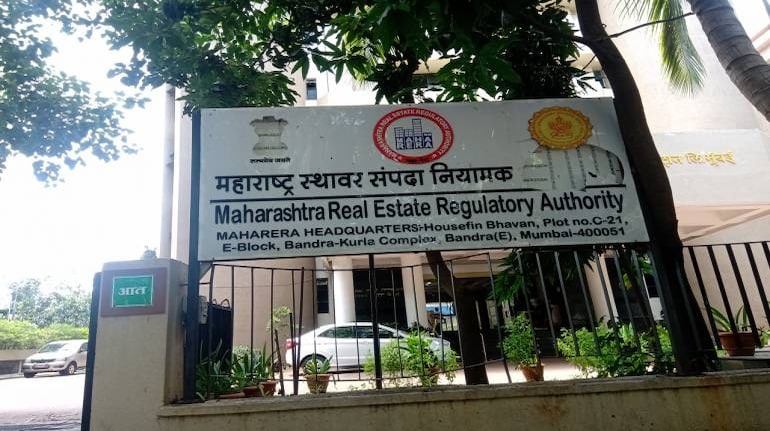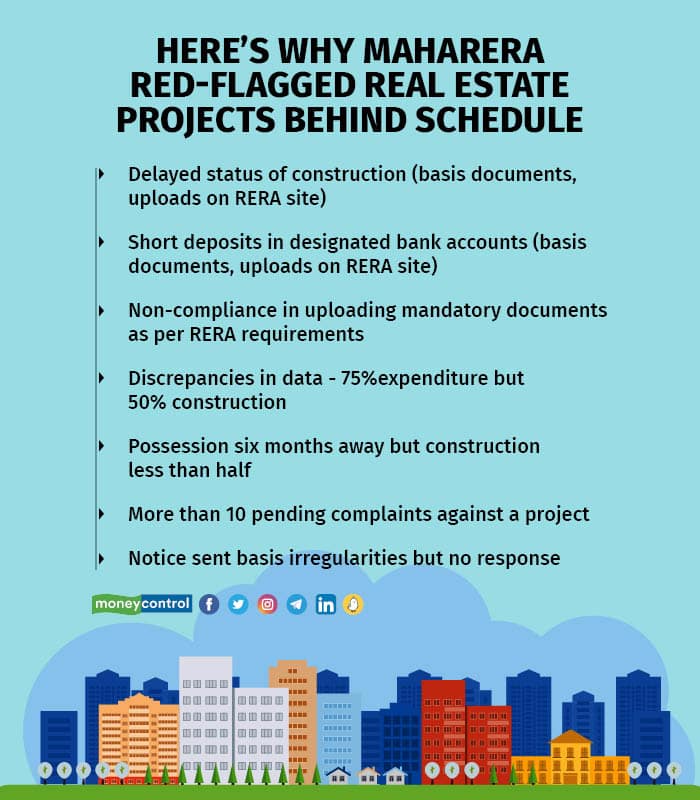



There may be hope yet for property buyers across Maharashtra who are battling stalled or delayed projects in which they have invested. The Maharashtra Real Estate Regulatory Authority (MahaRERA) is determined to address the legacy problem of such real estate projects in the state.
It has appealed to developer associations to help complete over 624 stalled projects. What is heartening is the regulator’s scientific method of identifying problems, diving deep into potential collective solutions, and its aim to help become a facilitator in the process.
MahaRERA collated the data available from quarterly progress reports (QPRs) filed by promoters of registered projects. On the basis of consumer complaints, it was able to red-flag projects that were behind schedule. Site inspections were then carried out to help nudge projects along.
Since the clean-up effort is based on regular inflow of data, notices have been sent to promoters who have not filed QPRs regularly.
Types of lapses
MahaRERA chairman Ajoy Mehta told Moneycontrol that having identified stalled projects using this method, the regulator has classified the lapsed projects into six categories:
1. Those where the occupancy certificate has been received but not uploaded
2. Those that the promoters are required to complete
3. Those where the promoters and allottees need to agree on conciliatory terms for completion
4. Those that need authority/FI/other intervention
5. Those that allottees are keen to take over and complete
6. Those that need intervention because of non-cooperation of promoter/allottees
Mehta said he hopes to involve self-regulatory organisations to help complete the projects. They include CREDAI MCHI, CREDAI Maharashtra, Naredco, Builders Association of India, Marathi Bandhkan Vyavsayik Association and Brihanmumbai Developer Association.
“Most developers are part of one or the other association,” he said.
While the authority is present in all interventions, sometimes dialogue can help get the project through. Mehta said some projects can be resolved immediately and others in the medium term, while others would need intense negotiations.
“We are aware that this is fairly involved and backbreaking work,” he acknowledged. But he and his team were certain that they needed to start somewhere and in a proper way.
“It is a meticulous job that we have undertaken now,” he said.
Section 35 of the RERA Act gives the authority the power to identify solutions and help complete projects. Having gone through six years of RERA, listening to complaints and finding solutions, many regulators are determined to bring legacy issues to a close. Site inspections, identification of problems, and finding customised solutions are MahaRERA’s way of sorting out the issue of stalled projects.
Projects that are almost complete are the lowest hanging fruit and the first to be cleared. In some cases, the occupation certificate was obtained but not uploaded on the RERA website. Once notices are issued, the developer completes the formality and these projects can go out of the stuck list.
RERA push
A few others are behind schedule and the developer intends to complete them as soon as possible. That is not a big problem, but with the RERA push, completion gets under way.

In some others, talks between the developer and consumers have started and both are willing to give it their best shot. These too benefit from the RERA push and can be completed in the medium term.
Some projects are held up for “a small kink with registration authorities, lenders etc.” Here, RERA steps in and tries to iron out the problems.
The serious issues are those where the promoter has abandoned the project. Where allottees are willing to take over the project, the RERA steps in and helps them finish the development under the power granted in Section 35 of the RERA Act.
Finally, the real problem area is where the developer has fled and there is not enough money to complete the project. RERA is now negotiating with other developer associations to help clear such projects.
Creating a scientific funnel like this, within six years of existence, in what was once a hostile landscape, is a significant achievement.
As Mehta said, “Once you sit across a table and discuss in an organised way, you will start seeing solutions.”
This should clear the legacy burden and ensure that problems are identified and resolved as and when they arise and not when they have become a burden to the consumers and the system.
E Jayashree Kurup is a writer/researcher on real estate. She is Director, Real Estate & Cities, Wordmeister Editorial Services LLP
Discover the latest Business News, Sensex, and Nifty updates. Obtain Personal Finance insights, tax queries, and expert opinions on Moneycontrol or download the Moneycontrol App to stay updated!